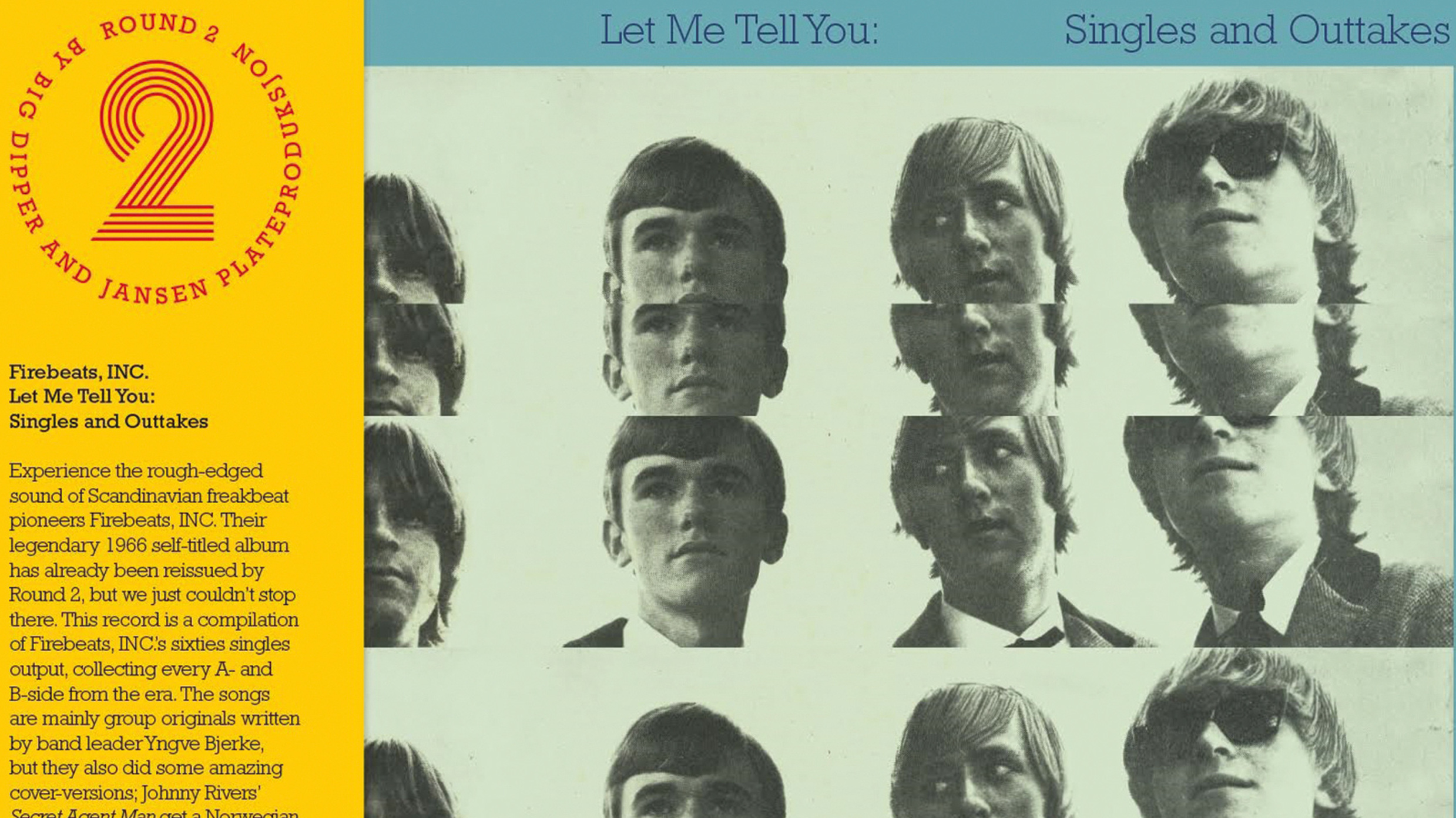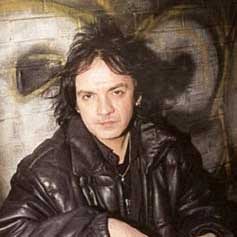There was a time when the midnight sun-bathed lands near the Arctic Circle spawned an array of bands who were practically unknown to the rest of the world as they adopted current musical styles, including R&B, psych and jazz rock. As this spectacular trove of rare Scandinavian music from the 60s and 70s shows, several were taking giant steps in what became known as prog.
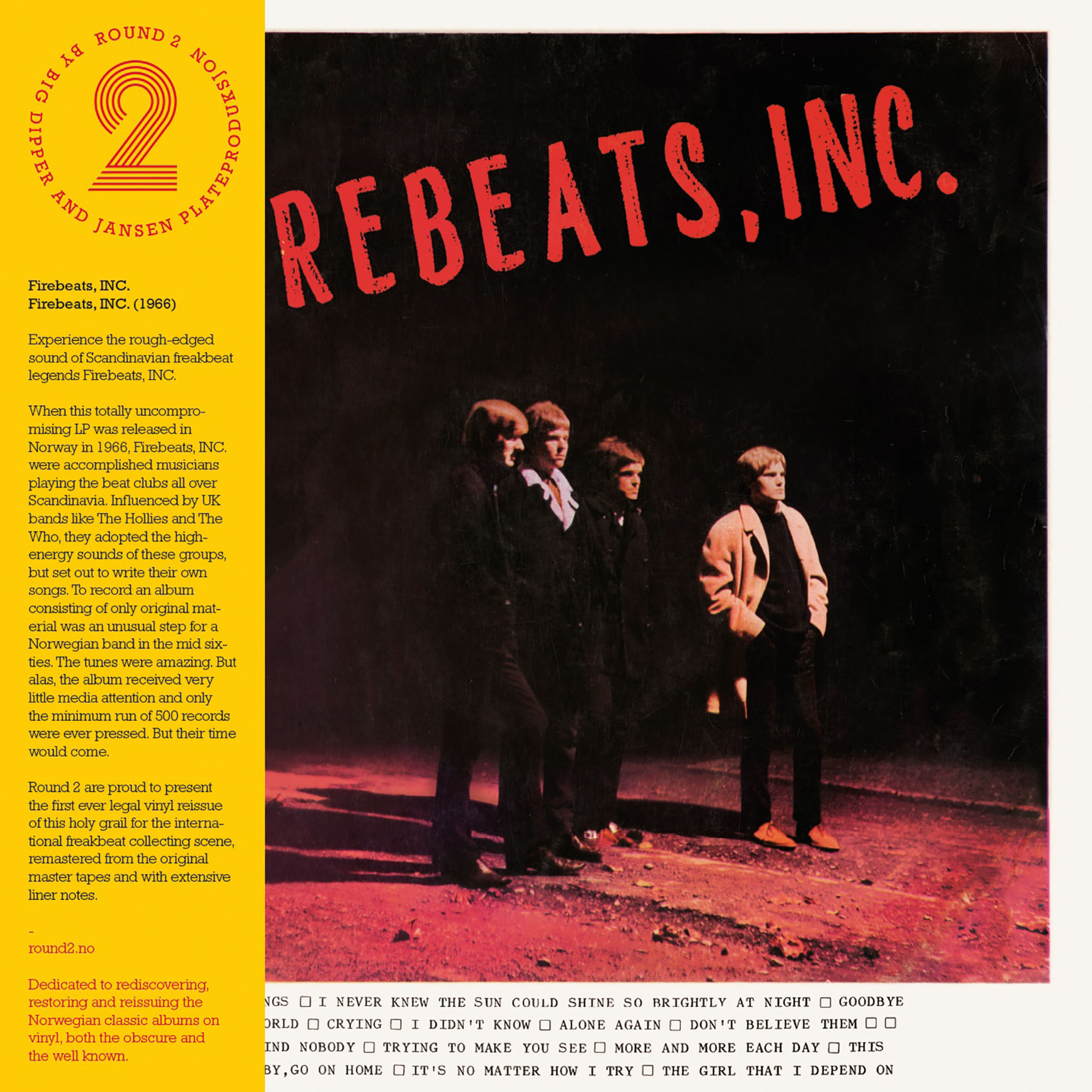
Norwegian label Round 2 are reissuing three key outfits in their country’s musical heritage on vinyl, starting with the ultra-rare self-titled 1966 debut by freakbeaters Firebeats, Inc, who were influenced by the Hollies, Pretty Things, and The Who but wrote their own songs. The second album, Let Me Tell You, compiles rare singles and rehearsal tape curios.
Undertakers Circus were an 11-piece psych-funk arkestra who signed to Polydor, hoping they’d got their own Blood, Sweat and Tears when they released 1973’s Ragnarock. Instead, the band worked afro-beat and grinding guitars under dense brass fanfares in Norwegian-sung missives about politics and Norse mythology. It didn’t sell but is now hailed as a Norwegian classic.
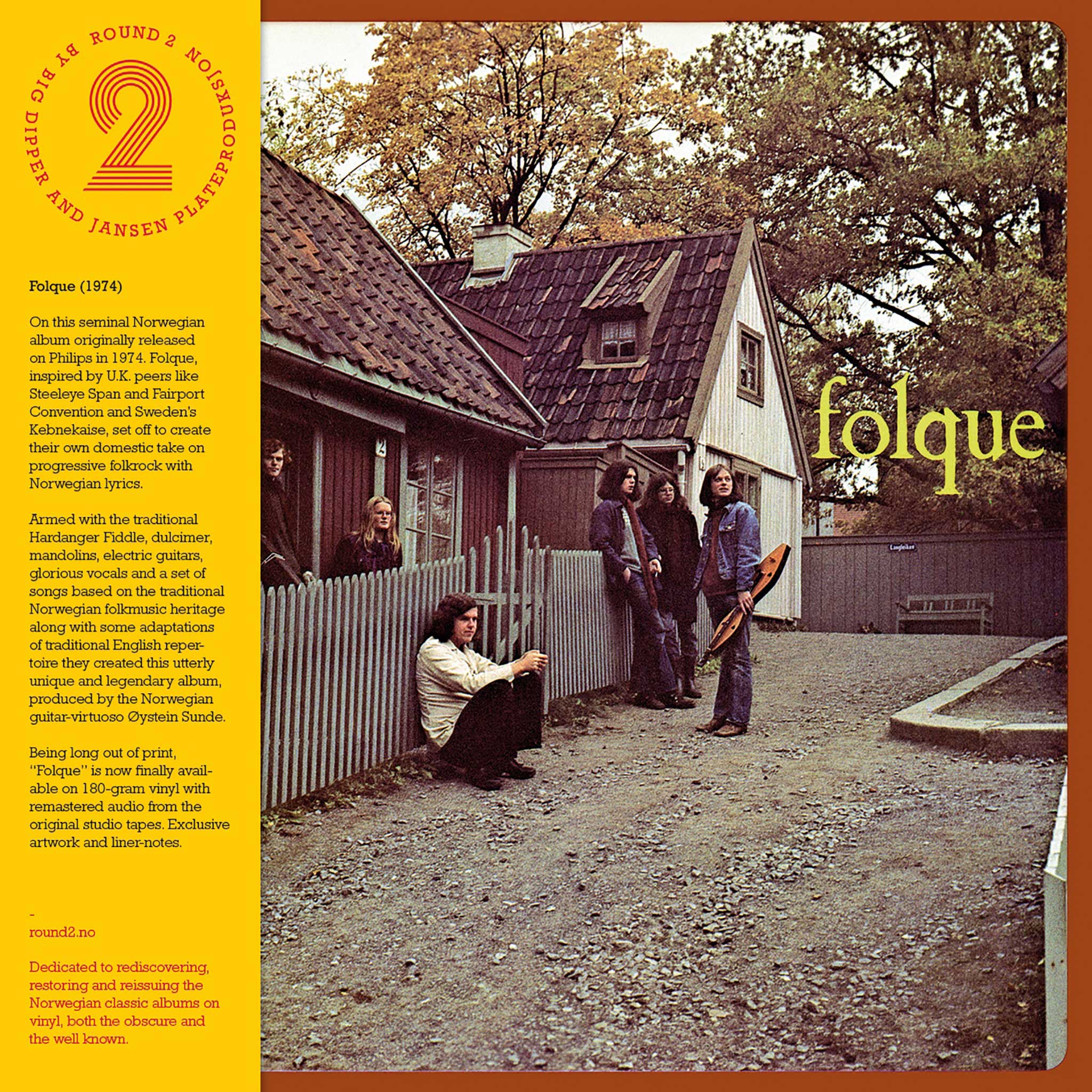
The 1974 debut by Folque displayed a hefty retranslation of electric Brit folk, as purveyed by Pentangle, Fairport and Trees. Fortunately, they also acknowledged their country’s traditional heritage when intricately replicating traditional English standards, such as Cruel Sister, using Pentangle’s blueprint.
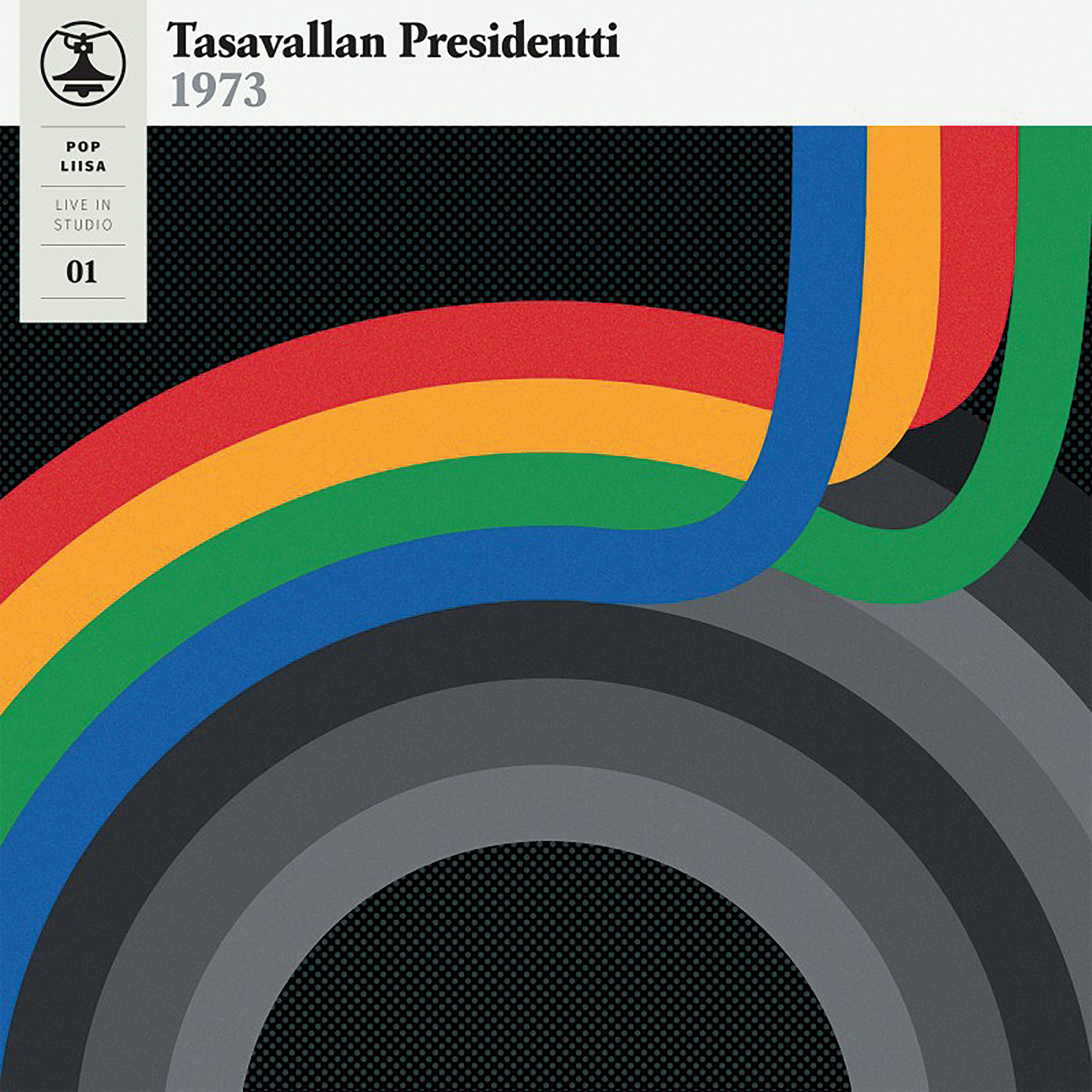
Most excitingly, Turku-based label Svart are unleashing The Liisankatu Series, which it describes as the “Nefertiti’s Tomb” of Finnish pop and jazz between 1972-77. Originally broadcast by the Finnish Broadcasting Company (Finland’s Beeb), eight different band sessions over four CDs present a consummate selection, recorded in front of a small audience. They kick off with Pop Liisa 1&2, featuring Tasavallan Presidentti, Finland’s best known prog export after being formed by guitarist Jukka Tolonen and future Wigman drummer Vesa Aaltonen in 1969. Scrambling guitars, disembodied keyboards and propulsive rhythms run wild over two lengthy, anarchic jams bristling with florid riffs, restless solos and Tull-style flute themes, which make UK prog seem like a vicar’s tea party. Then it’s Jukka Hauru & Superkings, whose spirited proto-prog fusion uses East Of Eden-like violin themes on Mai-ling and gorgeous chamber-prog stateliness on Elegy Elegio.
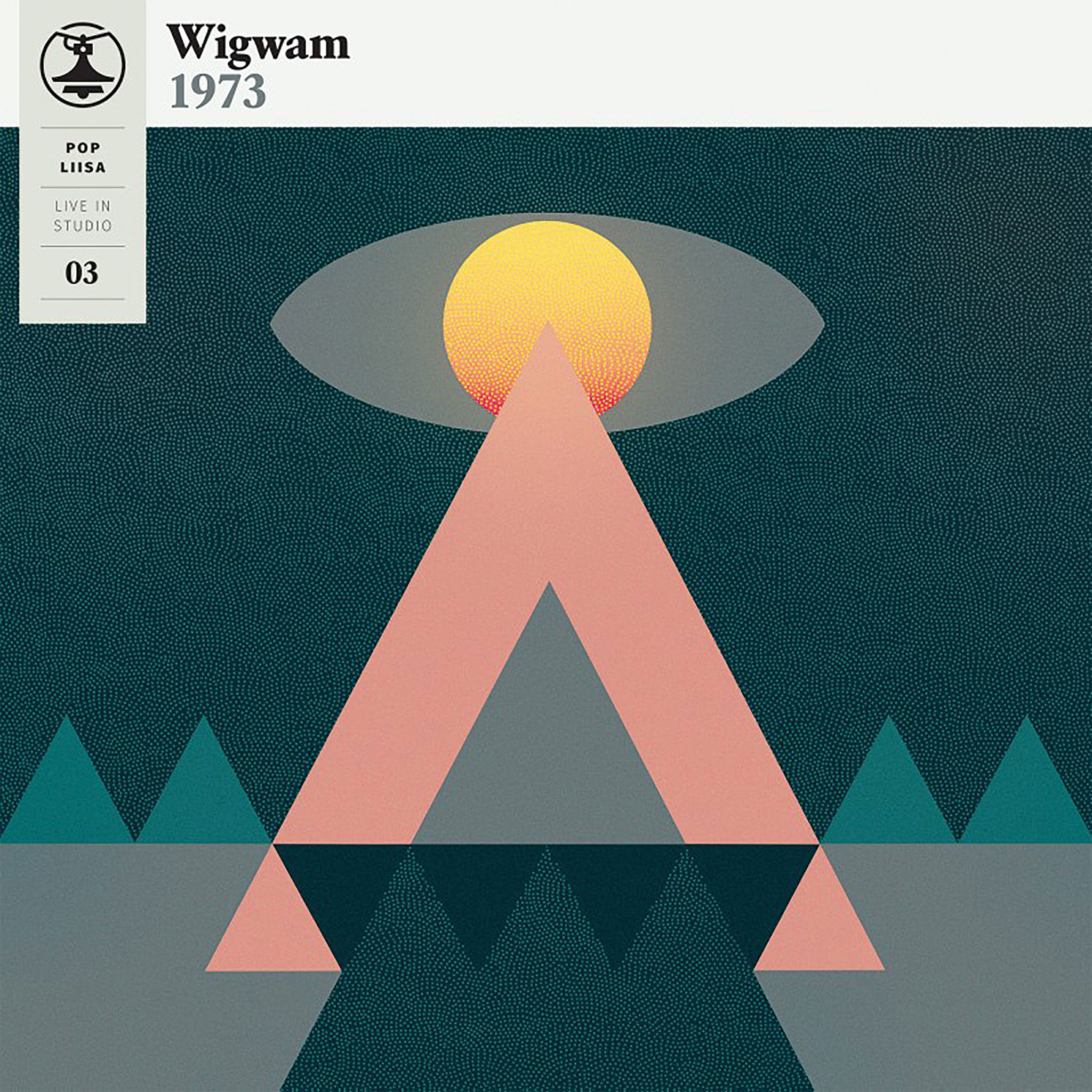
Pop Liisa 3 & 4 starts with Finland’s Wigwam. Fronted by British ex-pat vocalist Jim Pembroke and Jukka Gustavson’s organ, they start with an excruciating version of John Lennon’s Imagine before becoming Rare Bird with dubious lyrics. The CD is redeemed by the startling Taivaanuohi, whose veteran musicians uncork jagged guitar torrents, frenzied flute, jazz-skronk flareups and sax-and-organ themes. They never recorded, which makes this document doubly important.
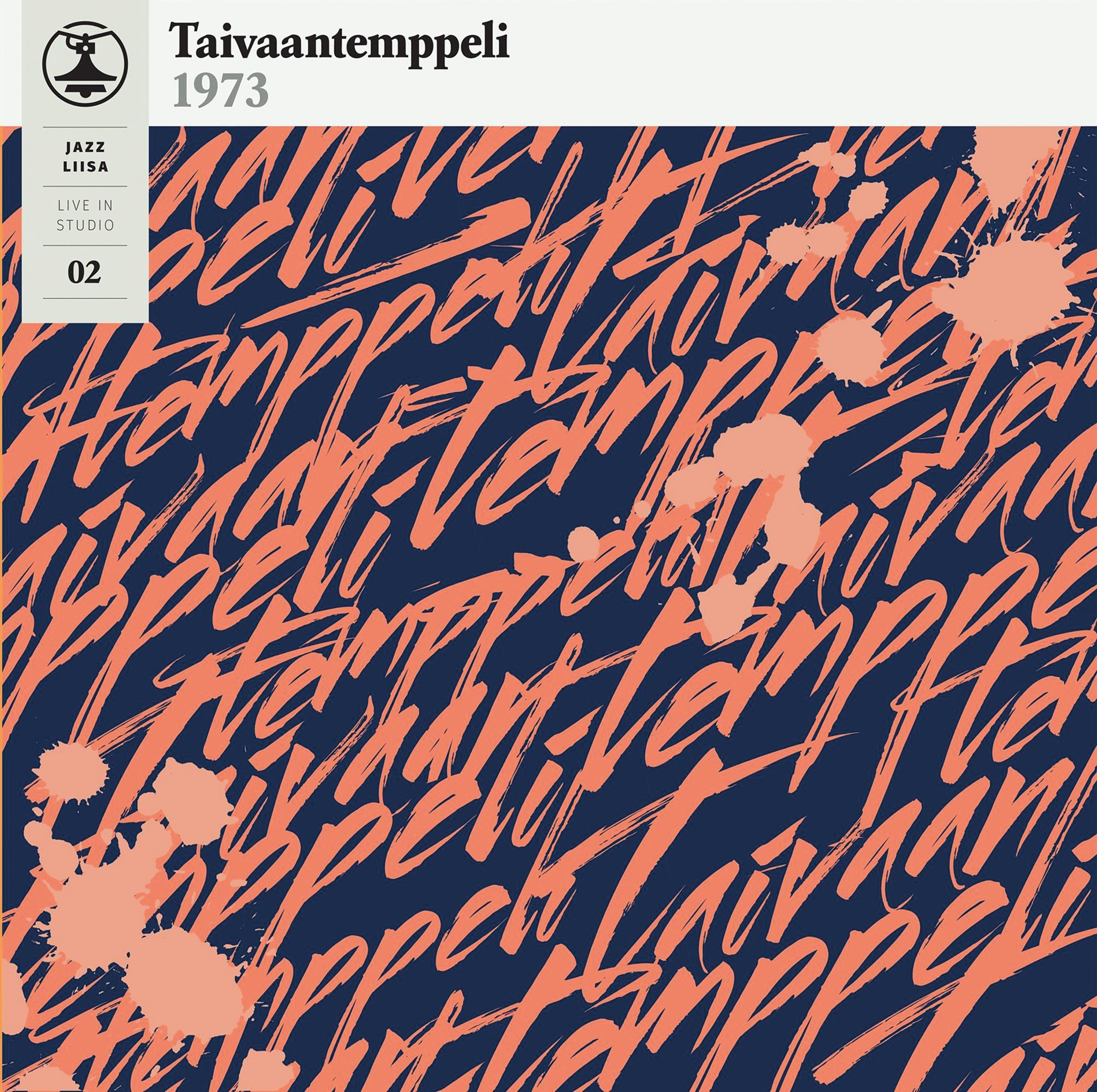
Being among the first European countries to embrace visiting US jazz titans such as John Coltrane, Finland enjoyed a healthy jazz scene. The jazz sets have stood the test of time, displaying missing links between the two styles. On Jazz Liisa 1&2 Unisono Quartet offer a passionate take on small group jazz, the deft rhythm section beautifully garnished by dance band veteran Baron Paakkunainen’s soaring reeds and fusion pioneer Olli Ahvanlahti’s Monk-laced piano.
The CD is further elevated by the world class jazz-funk of Taivanntemppeli (The Temple of Heaven), who ride spectral bongo pulses from session vet Tapani ‘Nappi’ Ikonen to navigate convoluted arrangements.
The next CD, Jazz Liisa 2&4 sees Jukka Tolonen lead Ramblin’ Jazz Band, who include double drummers and bassists, through cataclysmic remakes of the latin-flavoured A Warm Trip With Taija and Ramblin’ from his 1971 solo album, which is stretched into 22 minutes.
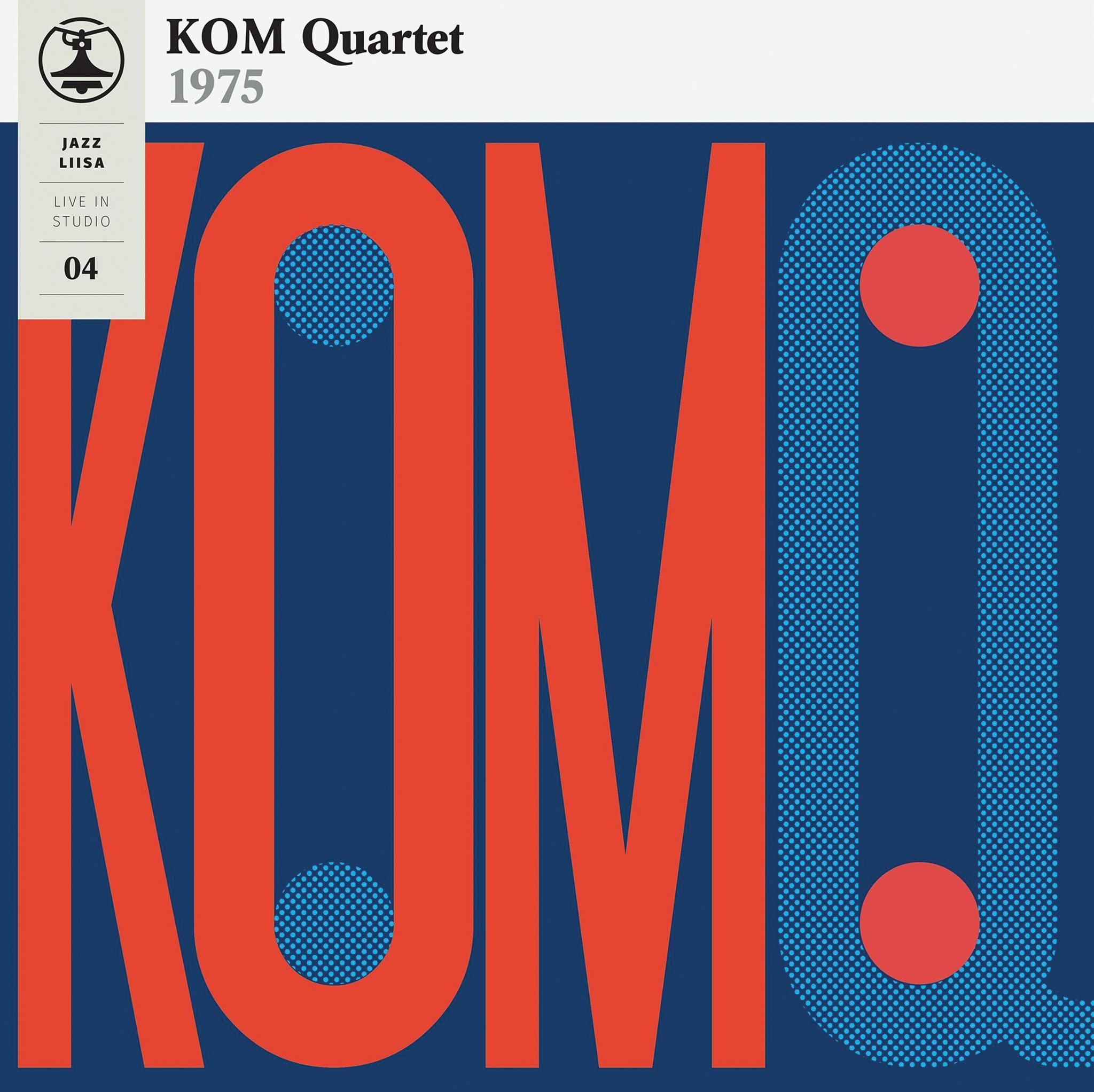
Completing the set is The Kom Quartet, formed from a travelling political theatre group, with piano-driven jazz-prog topped with Magma-like vocals and tight arrangements. If the prog museum ever opens its doors, these formerly isolated scenes can now carry their own proud section thanks to this gargantuan project, which is essential when trying to unravel the music’s long, mysterious European history.
